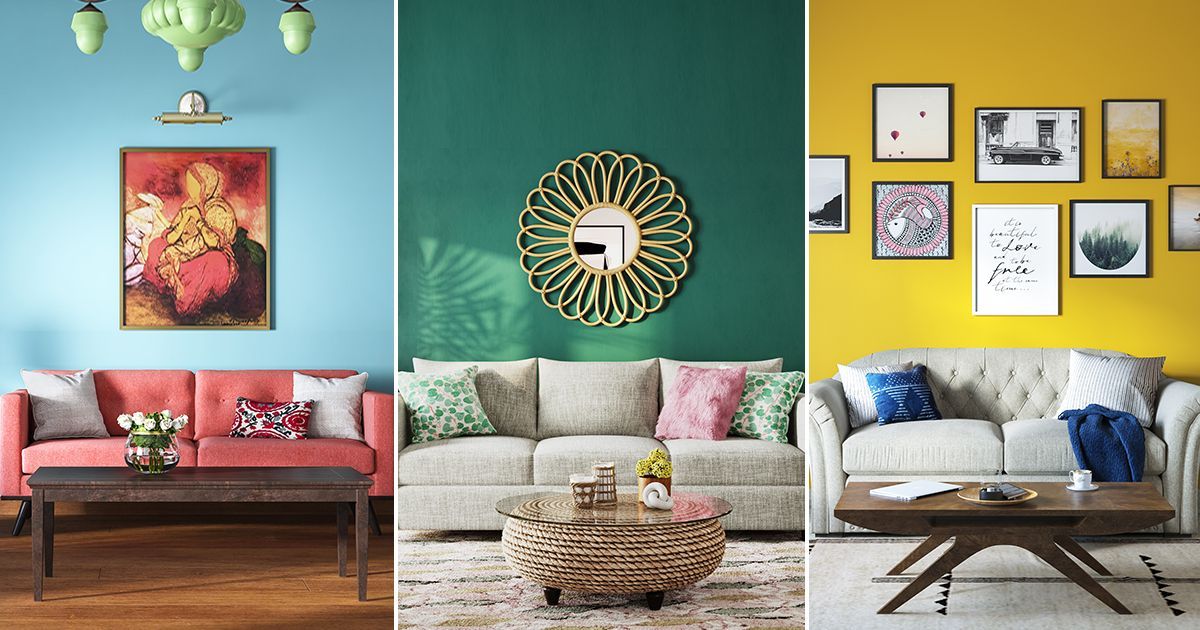Work with an innovative Architecture Firm for cutting-edge and creative designs.
Work with an innovative Architecture Firm for cutting-edge and creative designs.
Blog Article
Transform Your Home With Important Concepts of Interior Decoration and Aesthetics
By understanding the impact of shade concept and the significance of appearance and patterns, one can create areas that are not only visually attractive yet also deeply individual. Accomplishing this stability involves even more than simple decor; it encompasses a calculated plan and an eager understanding of how each aspect communicates within a room.
Understanding Shade Theory
Shade theory is an essential facet of interior decoration that significantly influences state of mind, perception, and overall aesthetic. Understanding the concepts of shade theory permits developers to create spaces that resonate emotionally with residents while satisfying useful demands (interior design firms). Shades can be categorized into three key types: primary, additional, and tertiary. Each group plays a crucial function in establishing harmony within a space.
The psychological effect of colors is profound; warm colors such as reds and oranges stimulate power and heat, while awesome tones like blues and environment-friendlies promote peace and harmony. The usage of complementary shades enhances visual passion, producing striking contrasts that can boost a space's allure.
Neutral shades, on the other hand, work as a functional backdrop, permitting various other design elements to radiate. It is important to think about elements such as lights and the area's function when selecting a color scheme, as these can change the assumption of shades throughout the day.
Ultimately, a well-considered color design can change a room, cultivating a feeling of convenience and style that lines up with the occupants' choices. Proficiency of color theory is, therefore, a vital skill for any type of indoor designer intending to create harmonious and inviting environments.
Accomplishing Equilibrium in Style
Exactly how can designers attain a sense of stability in their rooms? Accomplishing equilibrium in design is fundamental to developing unified insides.
Unbalanced equilibrium, on the other hand, relies upon differing elements that still attain a cohesive look. This technique permits for more vibrant and informal arrangements, providing interest while preserving stability. By carefully selecting varying sizes, shades, and appearances, designers can produce an aesthetically compelling area that feels well balanced yet energised.
Radial balance stresses a central centerpiece with aspects emitting outward. This style is commonly seen in circular formats, where furniture and decoration create a natural border that attracts the eye inward.
Inevitably, achieving equilibrium requires thoughtful consideration of range, percentage, and the connections in between components. luxury interior design. By skillfully applying these balance concepts, designers can change areas into settings that feel both visually pleasing and functionally harmonious, boosting the overall experience for residents
Relevance of Spatial Recognition

A keen feeling of spatial awareness permits designers to identify prime focus within a room, leading the viewer's attention to key attributes while keeping a general sense of unity. It also helps in the tactical positioning of illumination, which can substantially influence the perception of space and mood. Comprehending spatial connections enables the developer to provide pop over here to the certain demands of occupants, making certain that each location offers its intended objective without endangering aesthetics.
Inevitably, spatial recognition is essential for making best use of the capacity of any kind of indoor room. By carefully considering the interplay in between dimensions, design, and feature, designers can create atmospheres that not just meet useful demands but additionally evoke a sense of convenience and charm, boosting the general living experience.
Integrating Appearance and Patterns
Welcoming a diverse variety of structures and patterns can considerably improve the visual and tactile appeal of an interior room. The strategic usage of numerous products-- such as wood, metal, textile, and rock-- develops depth and rate of interest, making a room feel extra inviting and vibrant. For circumstances, combining smooth surfaces with harsh structures can establish a balance that attracts the eye and engages the senses.
When incorporating patterns, take into consideration both scale and repetition. Large patterns can function as focal points, while smaller, subtle styles can complement various other aspects without frustrating the area. Layering patterns, such as pairing floral cushions with candy striped throws, adds complexity and a sense of consistency if implemented attentively.
It is also vital to maintain a cohesive color palette, making sure that appearances and patterns function together as opposed to compete for focus. By picking a few essential appearances and patterns, you can produce a merged visual that mirrors your personal style while enhancing the total setting of the space. Inevitably, the careful consolidation of great site these elements can transform a mundane room into an innovative atmosphere rich with character and warmth.
Individualizing Your Space
Producing a room that reflects your individuality is essential to accomplishing a genuinely welcoming environment. Customization in interior decoration enables you to instill your distinct design and rate of interests into your home, changing it from a simple shelter into a sanctuary that speaks with that you are. Begin by choosing a shade palette that reverberates with your emotions-- strong hues can invigorate, while soft tones use peace.
Include art work and design that reflect your interests, whether it be traveling, nature, or abstract principles. Displaying personal collections, such as publications, pictures, or souvenirs, can evoke treasured memories and create focal points within a space. Additionally, consider tailoring functional pieces, like upholstered furnishings, to line up with your aesthetic preferences.

Final Thought
Finally, read more the transformation of a home through the vital principles of interior layout and aesthetics demands a thorough understanding of shade theory, equilibrium, spatial understanding, appearance, and customization. Each aspect adds substantially to producing a harmonious and useful living setting - luxury interior design. By attentively incorporating these concepts, individuals can improve the aesthetic appeal and emotional vibration of their spaces, eventually cultivating a home that reflects special identities while providing convenience and usefulness
Report this page